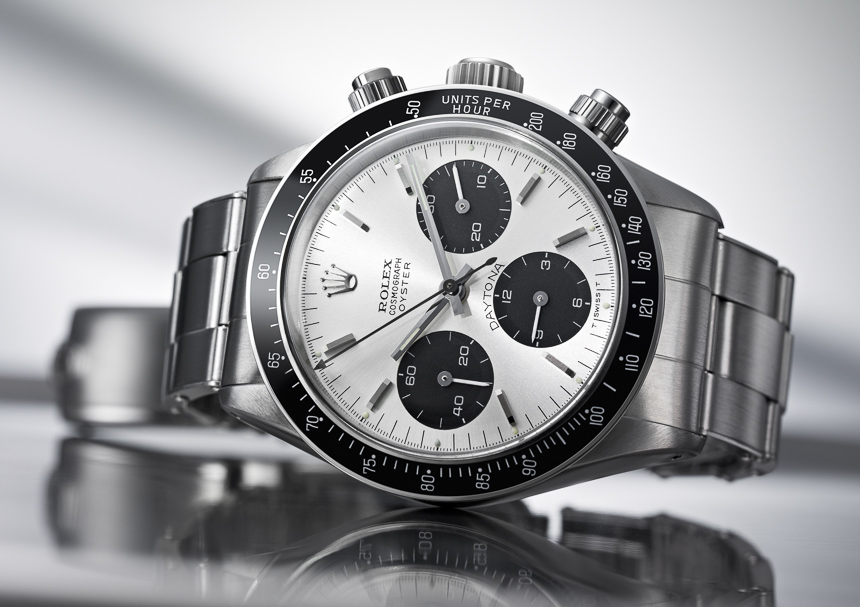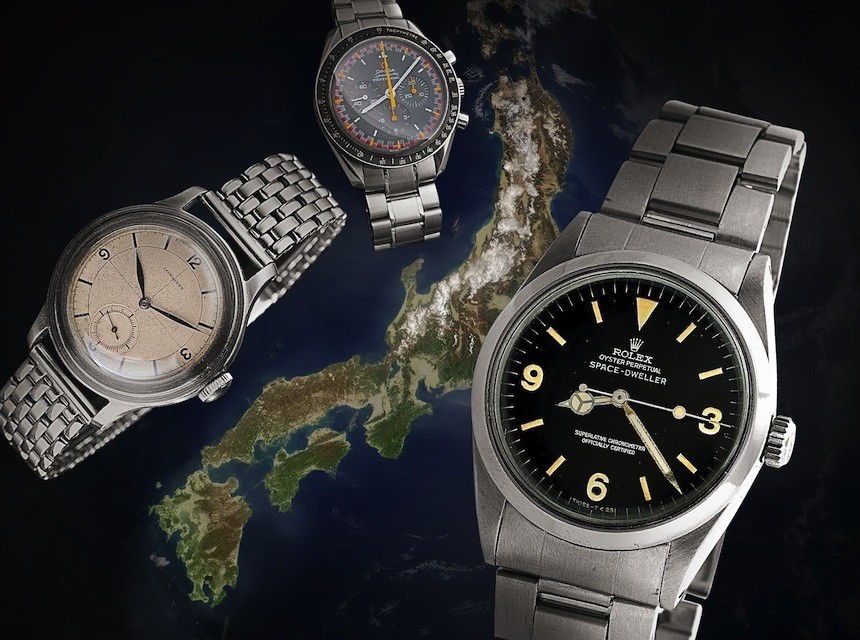
Here are some things you might not know about Japan: it is home to more than 50,000 people who are over 100 years old, there are more pets than children, it has 5.52 million vending machines, and it is the second largest market for used luxury timepieces on earth. Yes, based on a sample set of data tracking Omega Speedmaster sales between December 2014 and March 2015, Japan, the island nation of 126 million, accounts for 33.9 percent of luxury timepiece sales on online auction site eBay. Considering Japan is the third largest economy by gross domestic product (GDP) after the United States (the largest market) and China, this may be of little shock, but as seems to always be the case, a deeper examination reveals contradictory facts, unique cultural beliefs, and uncommon economic trends that belie immediate conclusions.
In line with its economic status, Japan is the third largest overall luxury market in the world. Interestingly, though, this is not driven by the upper-middle and upper classes, but rather by all segments of the population. Japan is what’s called a mass-luxury market (which is a bit of a paradox, really). For generations, laborers in the country have worked under the understanding that all products made should consist of both thoughtful design and quality execution. It makes sense, then, that as these same laborers turn to spend their hard earned money, they would expect the same design and quality out of what they were purchasing. Price is less a factor than quality for the typical Japanese consumer, and as luxury brands can typically provide the latter, these brands have become powerful icons.

In 2010, management consulting firm McKinsey & Company produced a report titled “The New Japanese Consumer,” in which they reported that Japanese consumers were moving away from luxury goods and instead “flocking to discount and online retailers.” According to the report, a less materialistic younger generation was a key driver, and a 2009 survey cited in the report, which claimed that 53 percent of respondents to a survey said they were more likely to “spend time to save money” rather than “spend money to save time,” seemed to suggest that the days of Japan’s mass-luxury market were over. Yet, five years later, the findings of the report have not panned out. In fact, the percentage of people in Japan who own two or more luxury watches has increased, according to Crown & Caliber, a luxury consignment boutique. A report from Bloomberg supports this reverse trend. Since Shinzō Abe became Prime Minister of Japan in 2012, luxury sales have increased across the board by 20 percent and luxury retail sales for department stores in 2014 hit a staggering $2.5 billion. In contrast, total retail sales increased only 2.6 percent.
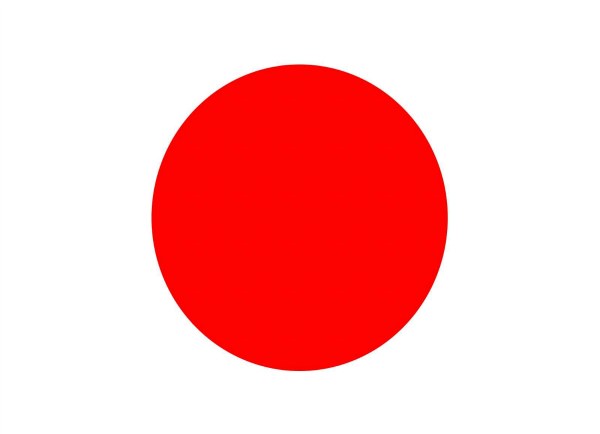
Here again lies a contradiction. That same report by Bloomberg states that the wages of the average Japanese worker had fallen every month from July 2013 through December 2014. So why the uptick in the luxury market? Here is where culture again comes into play. In the United States, at least, consumers purchase goods that promote their individuality. Everyone knows the dated cliché of the two girls showing up at a party wearing the same dress and the embarrassment that follows. Yet in Japan, group culture reigns supreme. If you were to sample a collection of ten friends, it would not be uncommon to find that nine of them owned the same luxury item (be it watch, bag, etc.). Stylistically, Japanese consumers will still seek out classic items with longevity, but if the group’s taste goes from, say, Rolex to Omega and then back, it is a lucky few who can make the switch without having to first flog an already owned watch.
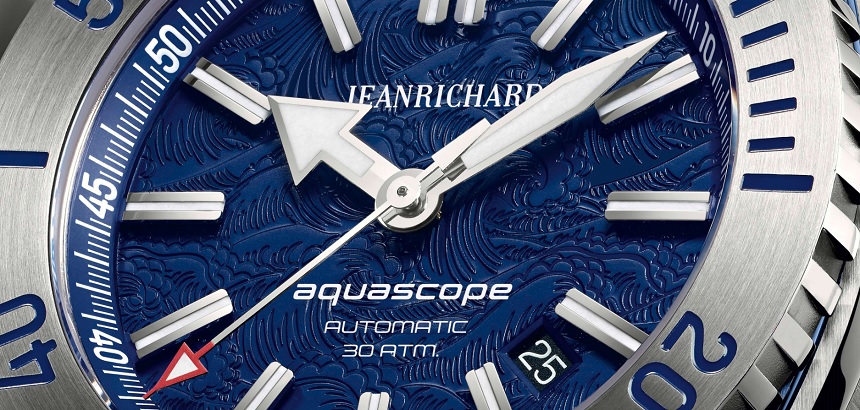
Jeanrichard Aquascope Hokusai, with a wave pattern on the dial inspired by 18-19th century Japanese artist, Katsushika Hokusai
So here is the explanation for the number of used luxury timepieces being sold from Japan. From that sample data, Japanese based sellers, as was stated earlier, account for 33.9 percent of sellers. The United States accounts for 41.0% and the United Kingdom, the third largest, accounts for only 10.7 percent. These three were also the only countries to reach above the ten percent marker. The infographic above will allow for more views of the sample data, but one insight that should be highlighted is the fact that watches sold from Japan, on average, sold for 18.7 percent less than watches sold by sellers based in the United States and 12.8 percent less than watches sold by sellers based in the United Kingdom. This could, of course, be due to the editions of watches sold, but certainly worth noting, as any chance of a deal is worth following, especially when dealing with luxury timepieces where ten percent savings could mean hundreds of dollars… or (a lot) more.
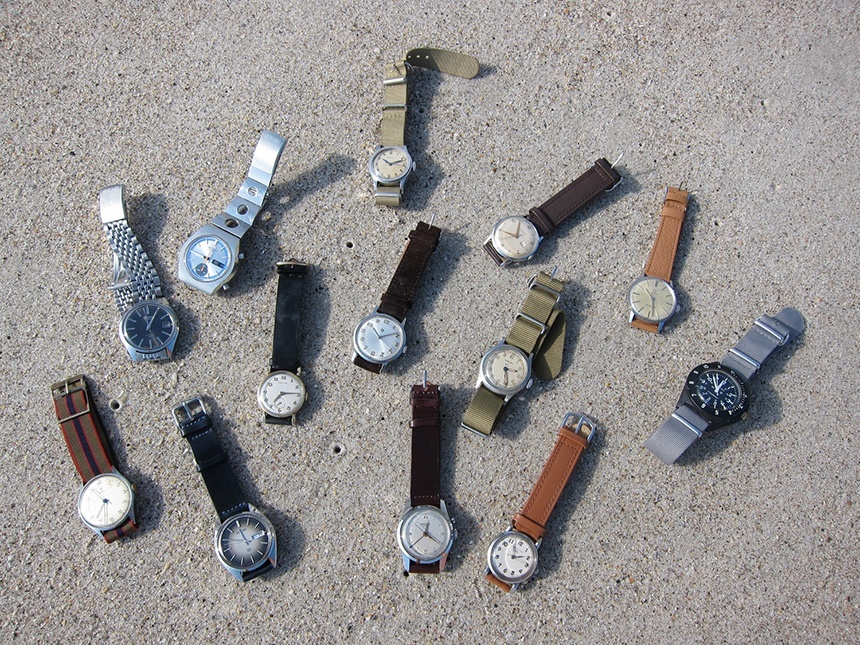
For watch collectors from countries with different buying habits to those of their Japanese counterparts, the unique philosophies of the second group offers interesting takeaways and considerations for your own approach to buying luxury timepieces. Are you buying for longevity or for style? If you regularly grow tired of one watch and quickly seek out another, what level of quality should you really be seeking out? If you are on a budget, does it make sense to pursue an inexpensive watch or a more robust, classic option that will cost less over a lifetime? Most importantly, it is important to know who you are when it comes to collecting watches. What are your goals, and why are you drawn in?
We’d love to hear your thoughts on those questions in the comments below! And as for closing, here are a few other things you might not know about Japan: it suffers 1,500 earthquakes a year, black cats are considered bringers of good luck, and late-night dancing is illegal. But what you now know is that if you’re looking for a well-priced, used, luxury timepiece online, filter for the Land of the Rising Sun.

